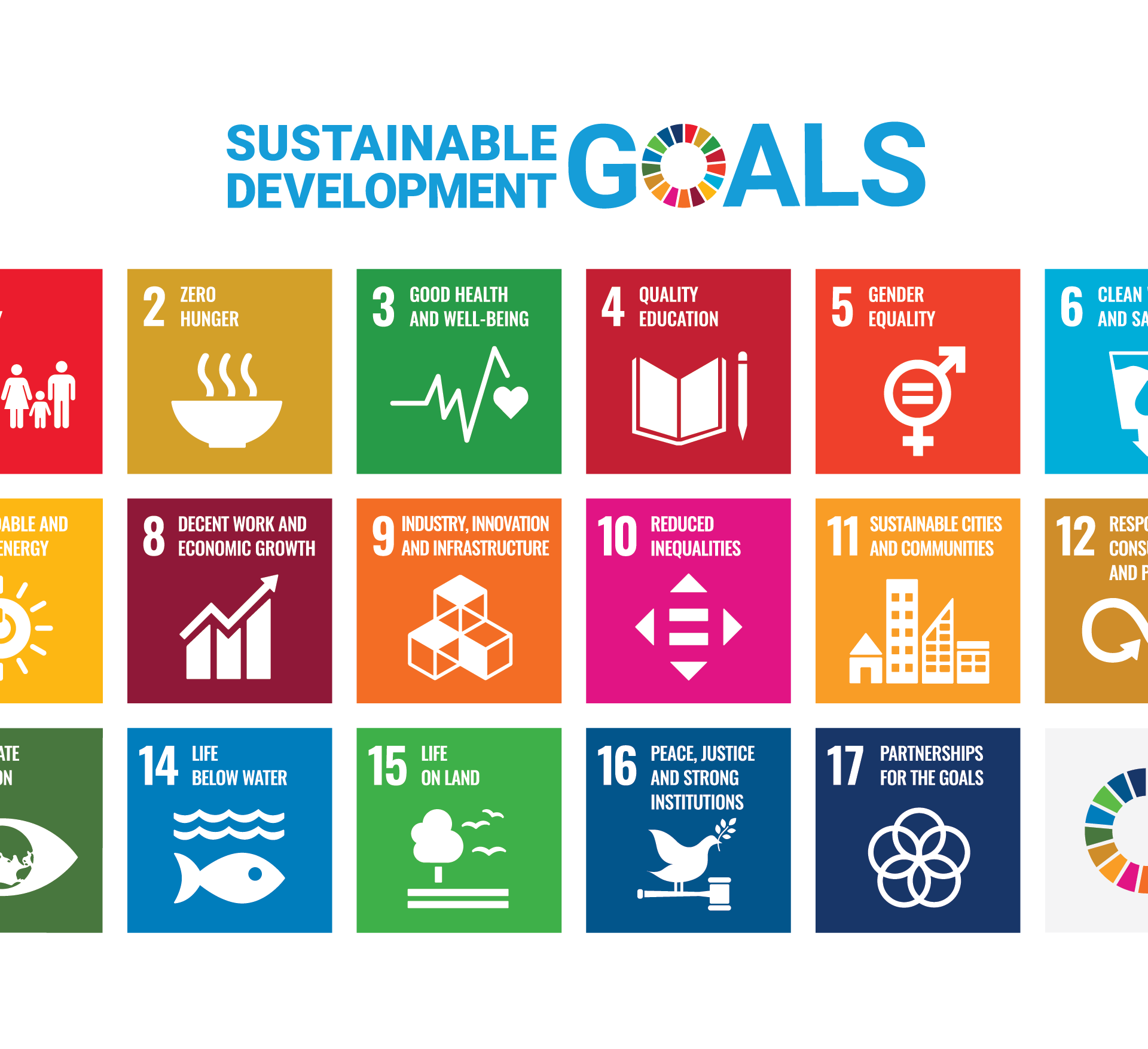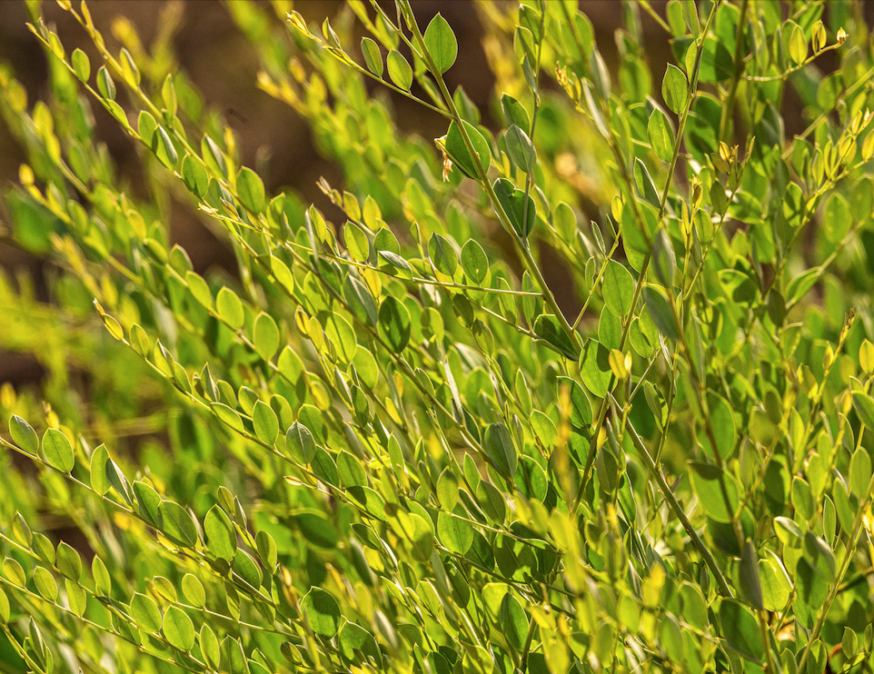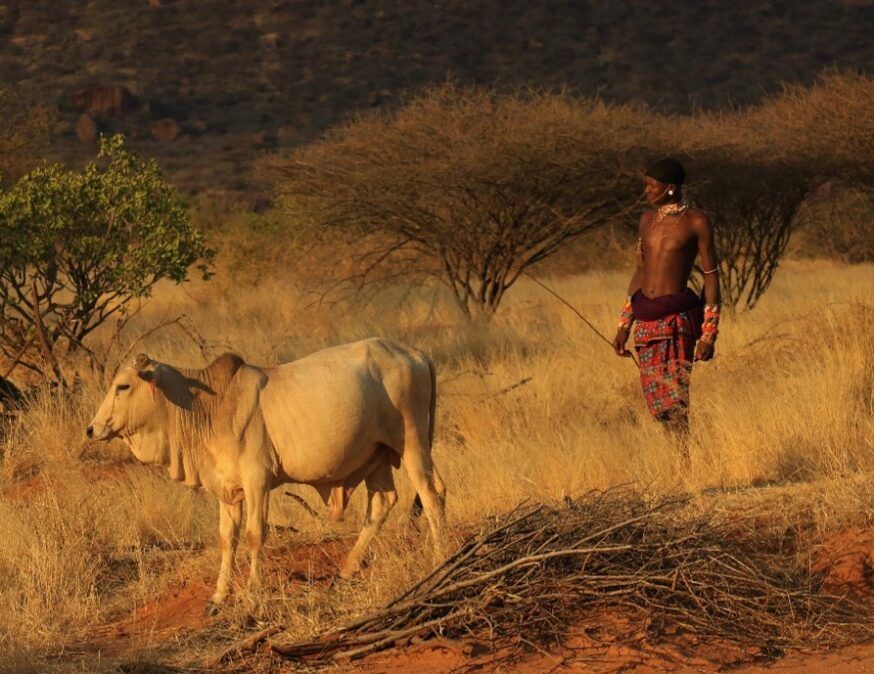However you may feel about it, the phrase ‘sustainable development’ seems here to stay. The term refers to development that enables us to meet our current needs without compromising the ability of future generations to do the same (1). While this sounds highly logical, achieving a scenario of sustainable development requires commitment and effort from stakeholders across the globe.
Faced with grand societal, environmental and economic challenges, we need innovative new mechanisms to facilitate change. On this front, the voluntary carbon market can certainly deliver. While carbon finance in general has huge potential to fund climate change mitigation and adaptation, nature-based projects offer additional and wide-ranging benefits. Indeed, nature-based projects such as tropical forest conservation or mangrove restoration can simultaneously drive progress on social and biodiversity targets. As such, we draw on five examples from our flagship portfolio projects to illustrate the extensive co-benefits offered by high-integrity carbon projects that support the UN Sustainable Development Goals.
What are the Sustainable Development Goals?
In 2015, the UN published its 2030 Agenda for Sustainable Development (2). At the core of this agenda are 17 interconnected goals that, when addressed, will collectively help to build a better world. These Sustainable Development Goals are adopted by all UN Member States and serve as guidance for governments, corporates, NGOs and individuals looking to tackle global challenges.
The goals are ambitious – fighting the root causes of issues faced by societies worldwide. Despite their division into 17 neat boxes, each goal interacts with the others. Without clean water and sanitation, achieving good health and well-being is far more difficult. And without climate action, future economic growth is highly unlikely. In this way, we must not view each Sustainable Development Goal in isolation.
Voluntary Carbon Market for Sustainable Development
The voluntary carbon market offers great potential for addressing all 17 Sustainable Development Goals. In helping corporates to meet ambitious net zero targets, it is clear that the market works to drive climate action in line with Goal 13. Moreover, conservation and restoration projects – both on land and in the water – assist progress on Goals 14 and 15 through the protection of biodiverse habitats.
However, voluntary carbon markets can also fund progress on Sustainable Development Goals beyond climate and nature. Indeed, credits generated from high integrity nature-based projects support goals on gender, education, health and more.
For instance, projects operating with profit sharing schemes guarantee that local communities financially benefit from market transactions. Under these schemes, people working on the ground can use carbon finance to fund solutions to the specific challenges they face. Finance could be directed to youth education programmes or used to improve access to healthcare. The best carbon projects even create new employment opportunities for local communities – acting in support of Goals 8 and 10.
Some examples from our portfolio:
Goal 3: Good health and well-being
The Ntakata Mountains CCB Triple Gold certified project brings extensive co-benefits that support UN Sustainable Development Goal 3. Managed by Carbon Tanzania, the project has issued nearly 1 million tonnes of carbon credits through forest conservation and has generated over $730,000 of carbon revenue since December 2021.
Carbon Tanzania’s business model ensures that these profits are shared with the local community. In an effort to improve access to healthcare, the community decided to use this finance to develop a Community Health Fund. Through this scheme, nearly 26,000 people have had their medical expenses covered.
Goal 8: Decent work and economic growth
Many of our flagship portfolio projects increase employment opportunities, thus driving economic growth in line with Goal 8. One notable example is the Makame Savannah REDD+ project. Also based in Tanzania, the project has demarcated more than 360,000 hectares of dryland forest for sustainable management and conservation.
To ensure that this area remains protected, the project has employed local people are Village Game Scouts (VGS). With dedicated training, these people work to report poaching, monitor wildlife and ensure that trees are not felled. Moreover, the project works to defy gender stereotypes: women are also employed as VGS. As such, the project also supports a reduction of gender inequalities in line with Sustainable Development Goal 10.
Goal 13: Climate Action
Located in Paraguay, San Pedro Forestry is a fantastic example of a carbon project addressing Goal 13. As a reforestation project based on former agricultural land, it works to combat degradation and drive sustainable production. In a method known as silvopasture, commercial tree species are planted on land used to graze cattle. Not only does this enable local farmers to earn additional income through timber production, but the tree cover safeguards soil quality despite the land being used for grazing. As such, the project actively reduces atmospheric carbon levels as both the trees and the soil perform sequestration. The San Pedro Forestry Project proves that agriculture need not be a driver of climate change; instead it can form a key part of the solution.
Goal 14: Life below water
The world’s largest Blue Carbon Project, Delta Blue Carbon, operates from the Province of Sindh in the Southeastern part of Pakistan. The project conserves and restores 350,000 hectares of tidal rivers, low-lying islands and mangrove forests.
This cutting-edge project is hugely beneficial for people, nature and climate. From improving access to clean water to reducing poverty, the project addresses 12 of the 17 sustainable development goals. One example to highlight is Delta Blue Carbon’s work on Goal 14 – life below water. Healthy mangrove ecosystems also mean healthy fisheries because these trees provide nesting sites and breeding grounds for many species of fish and shellfish. Not only are these fish a food source for migratory birds, but also sustain the livelihoods of local fishing communities.
Goal 15: Life on land
Home to 300 species of birds and at least 49 species of large mammal, the Gola Rainforest of Sierra Leone is an extremely valuable biodiversity hot spot. However, the area is also at severe risk of deforestation. As trees are cut, it destroys the habitats of these precious species of plants and animals.
To combat this loss of biodiversity, our flagship portfolio project, Gola Rainforest Conservation works to protect over 70,000 hectares of this landscape. The project works with local communities to encourage sustainable land use planning as a means of reducing deforestation. Not only does this reduce the risk of extinction faced by many native endangered species, but increases the overall health of the ecosystem. As such, conserving biodiversity makes the entire Gola Rainforest more resilient against climate change.
What’s next for the Sustainable Development Goals?
While numerous initiatives are working to address the UN Sustainable Development Goals, there is still much more to be done. Indeed, the UN’s 2022 Sustainable Development Goal Progress Report discusses the varied and interlinking challenging that are putting future generations at risk (3). It highlights how the covid-19 pandemic – and the subsequent economic fallout – has reversed much of the progress made on some of the goals. It is therefore absolutely imperative that we step up efforts to address the UN Sustainable Development Goals and recover the ground lost during the pandemic. We must work together on these goals for they present the most urgent global challenges of the 21st century.
1 https://www.iisd.org/mission-and-goals/sustainable-development
2 https://sdgs.un.org/goals
3 https://unstats.un.org/sdgs/report/2022/
Share this article



